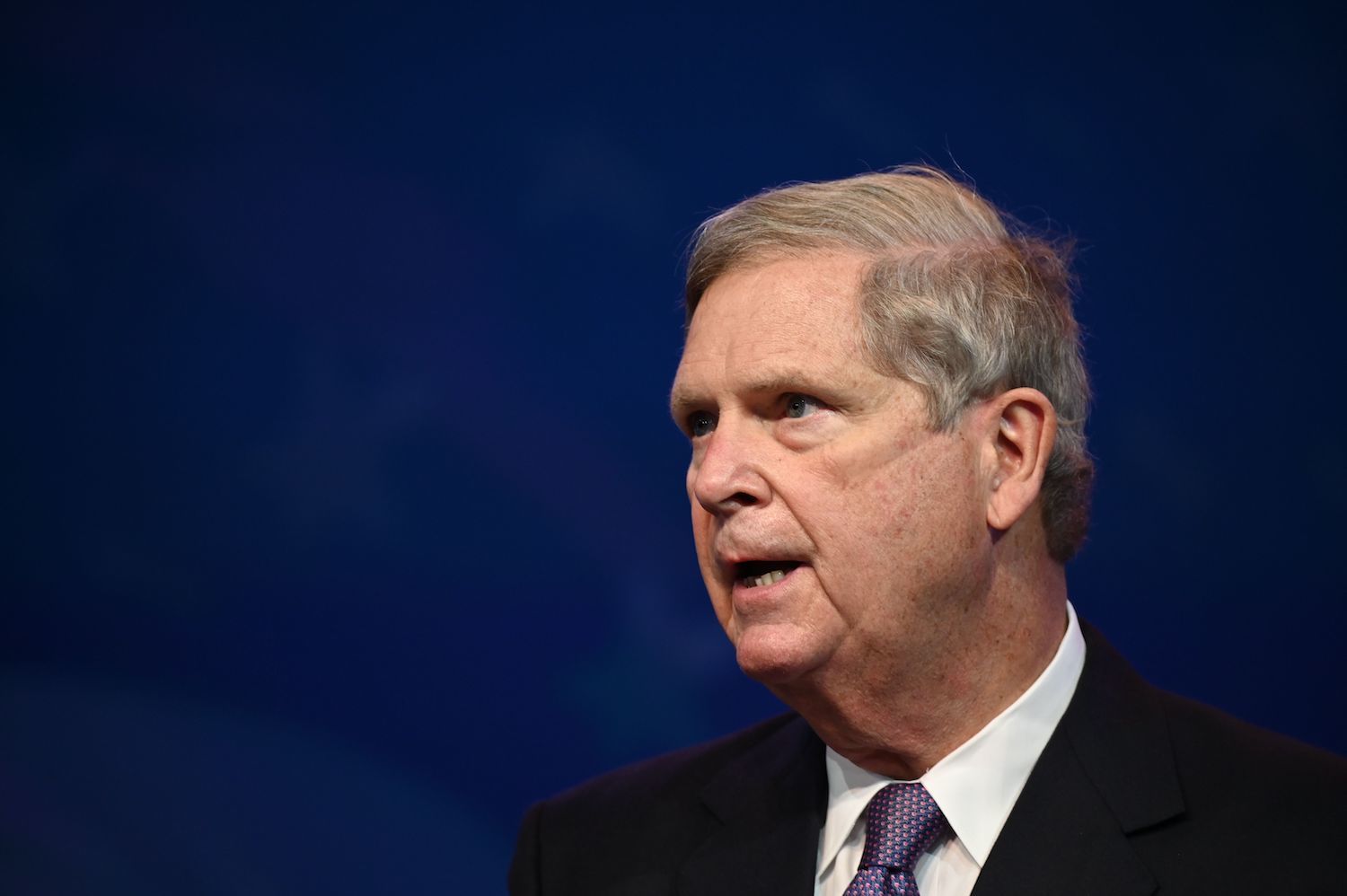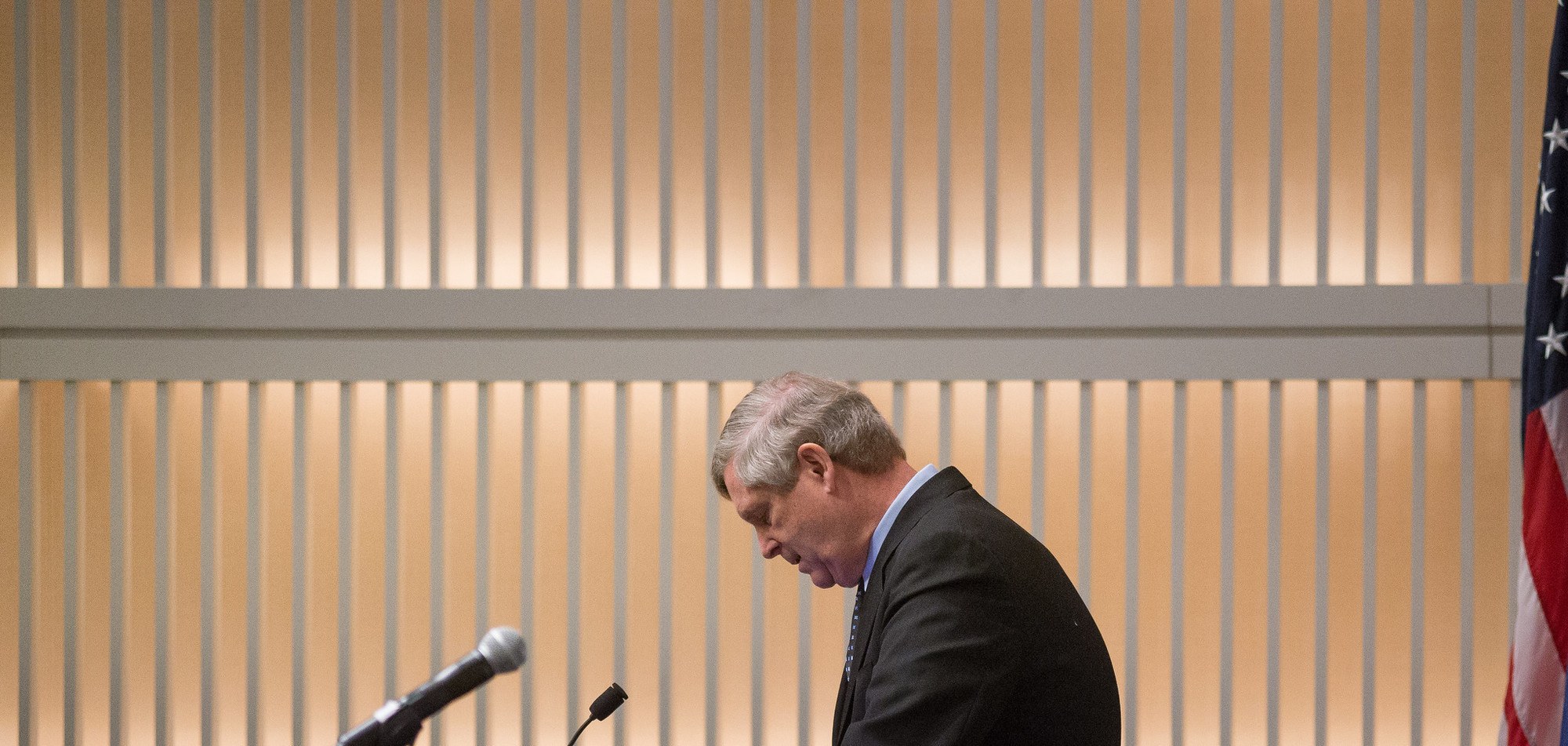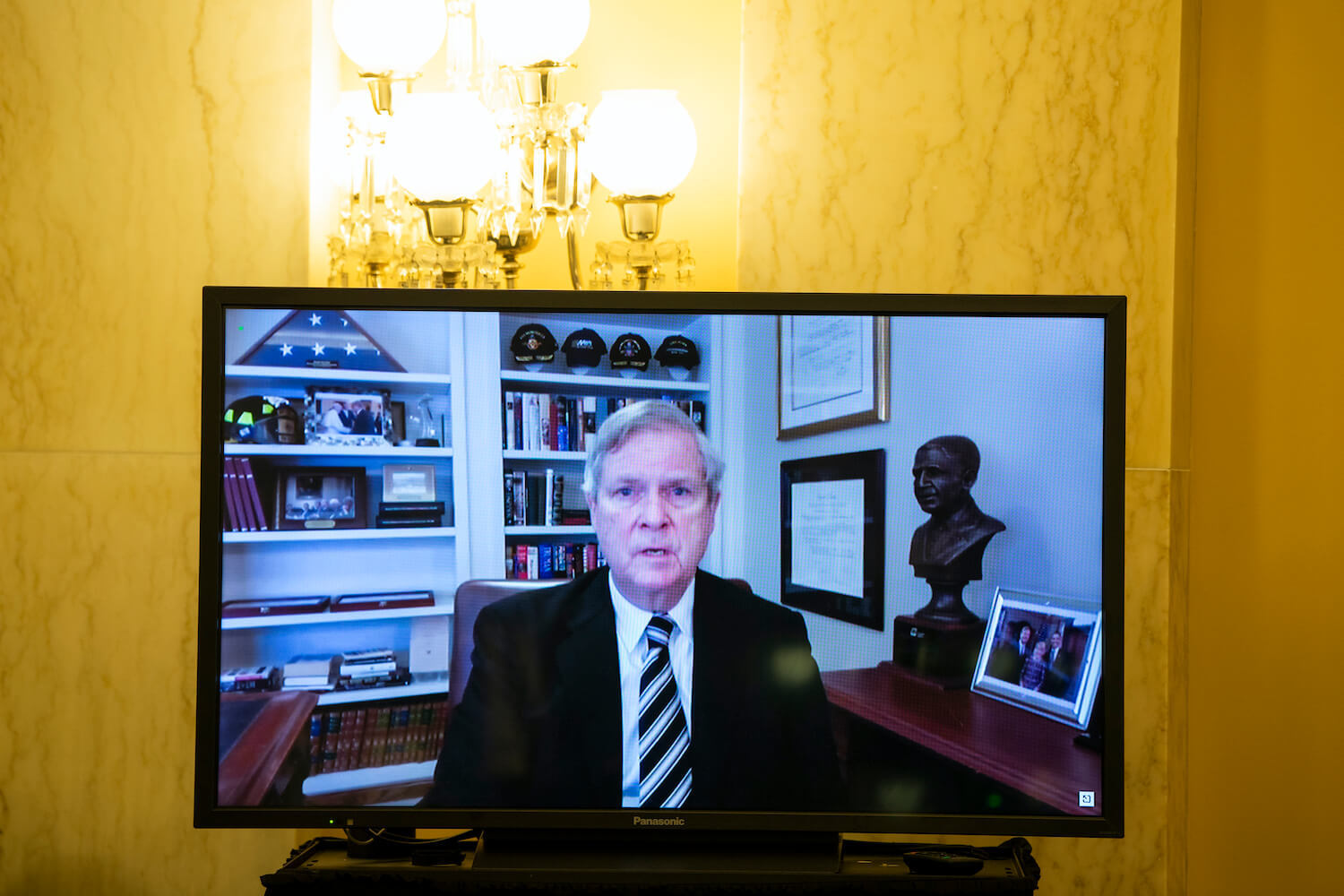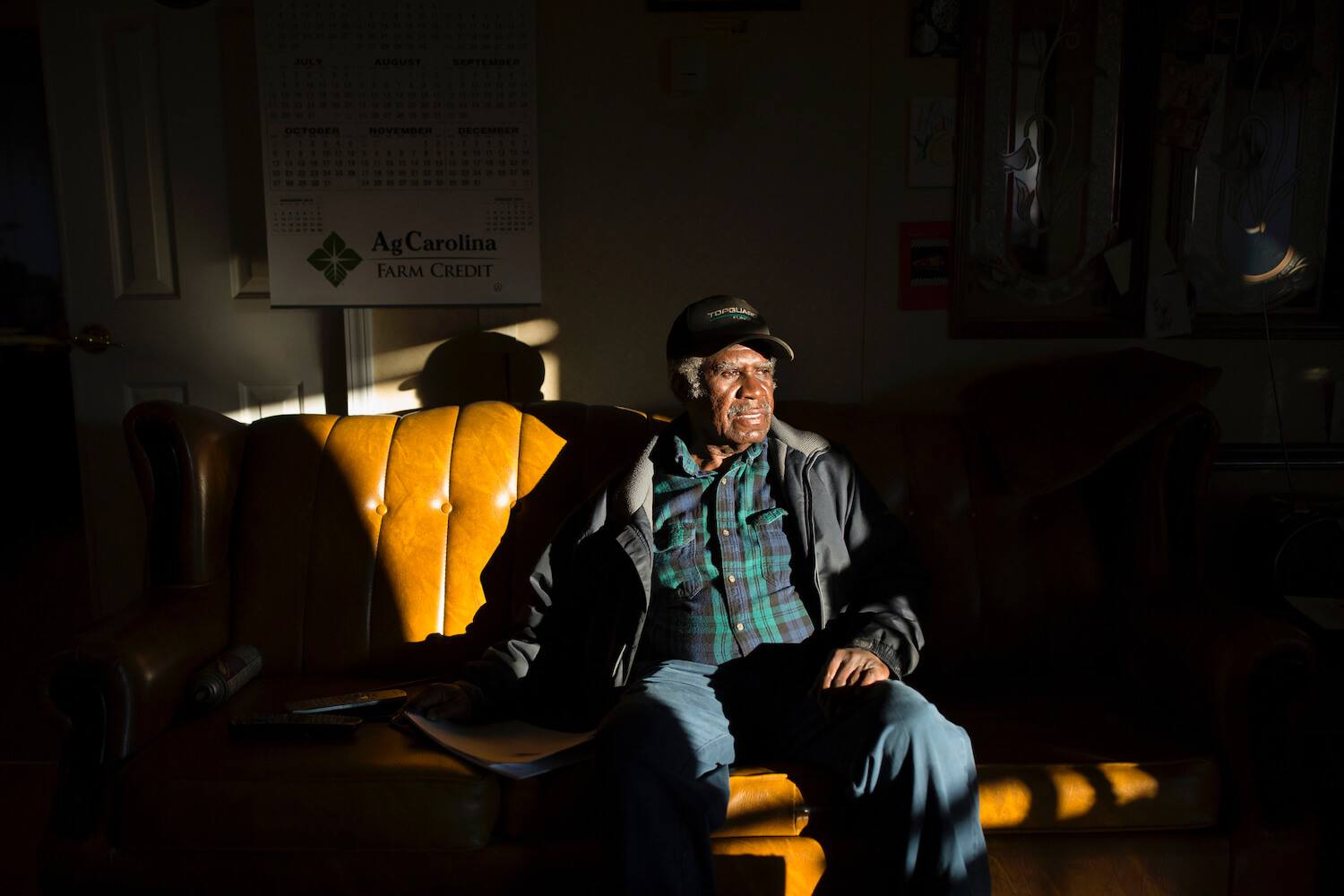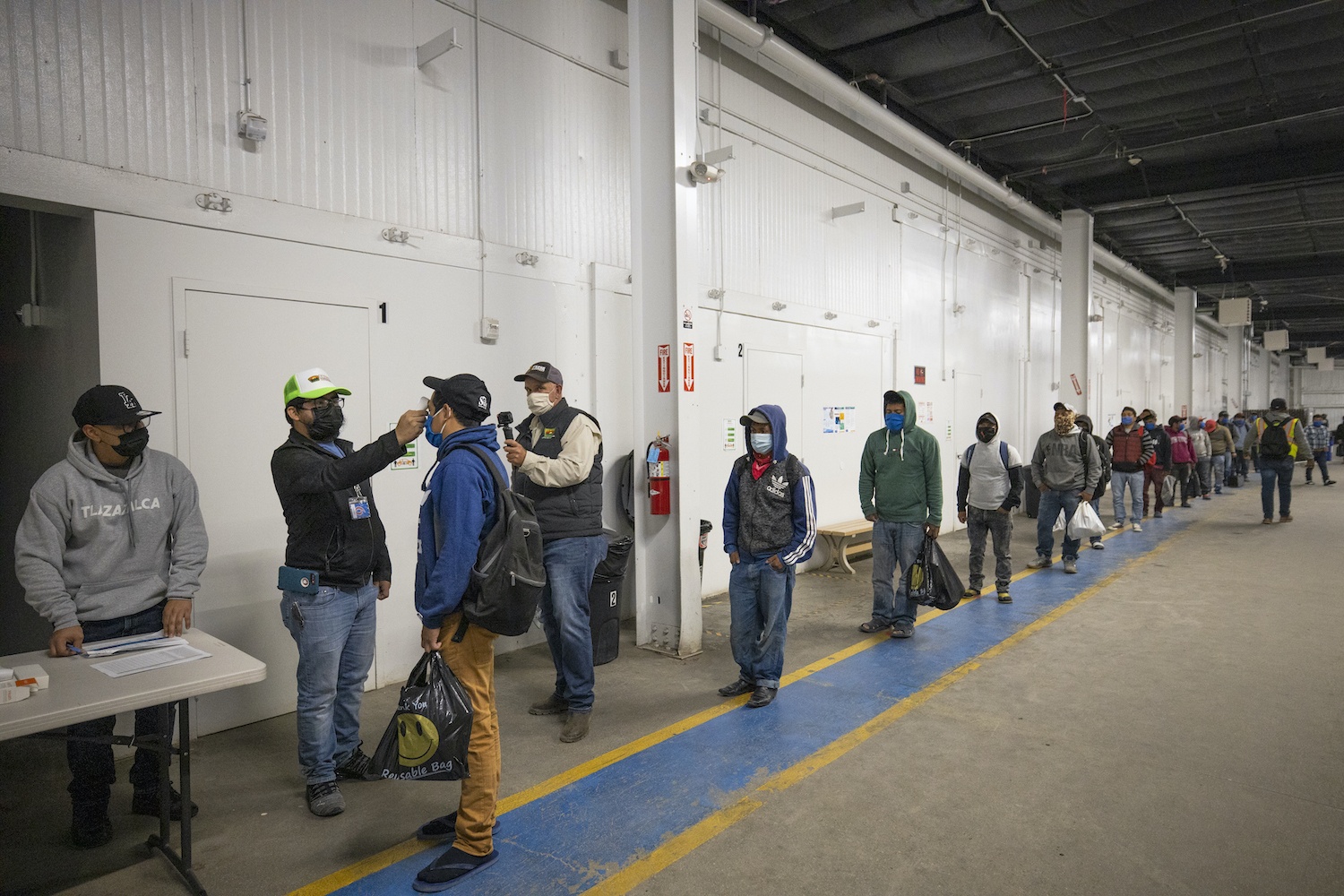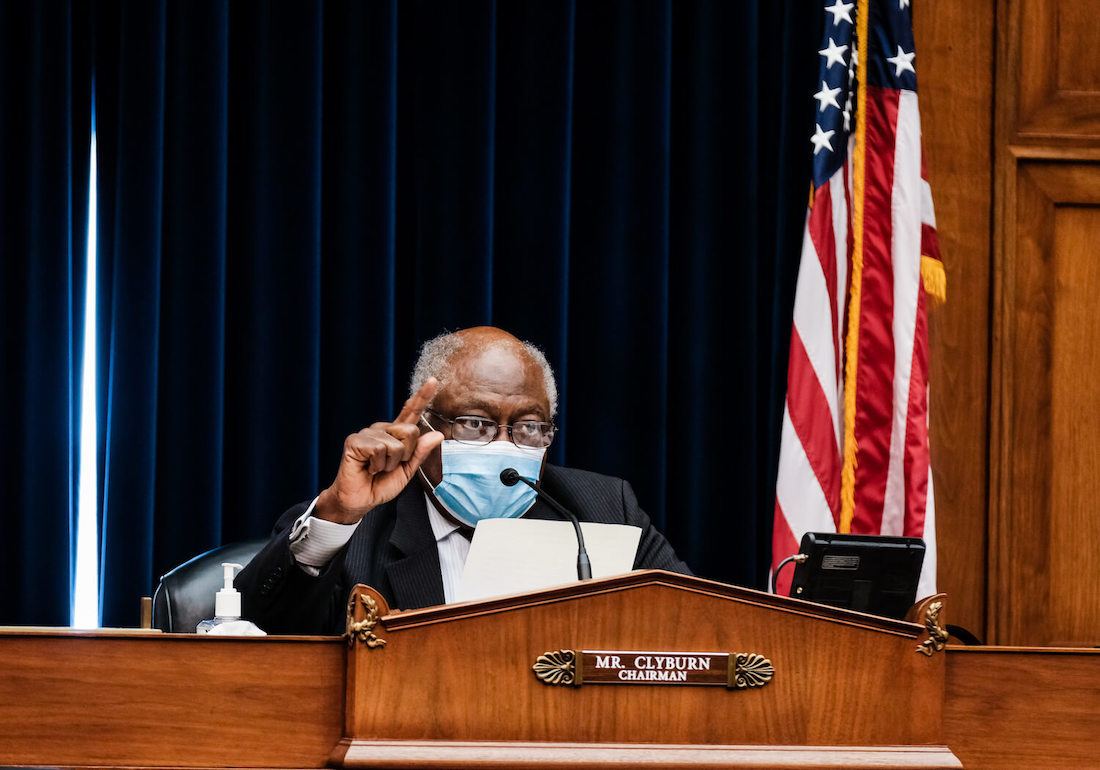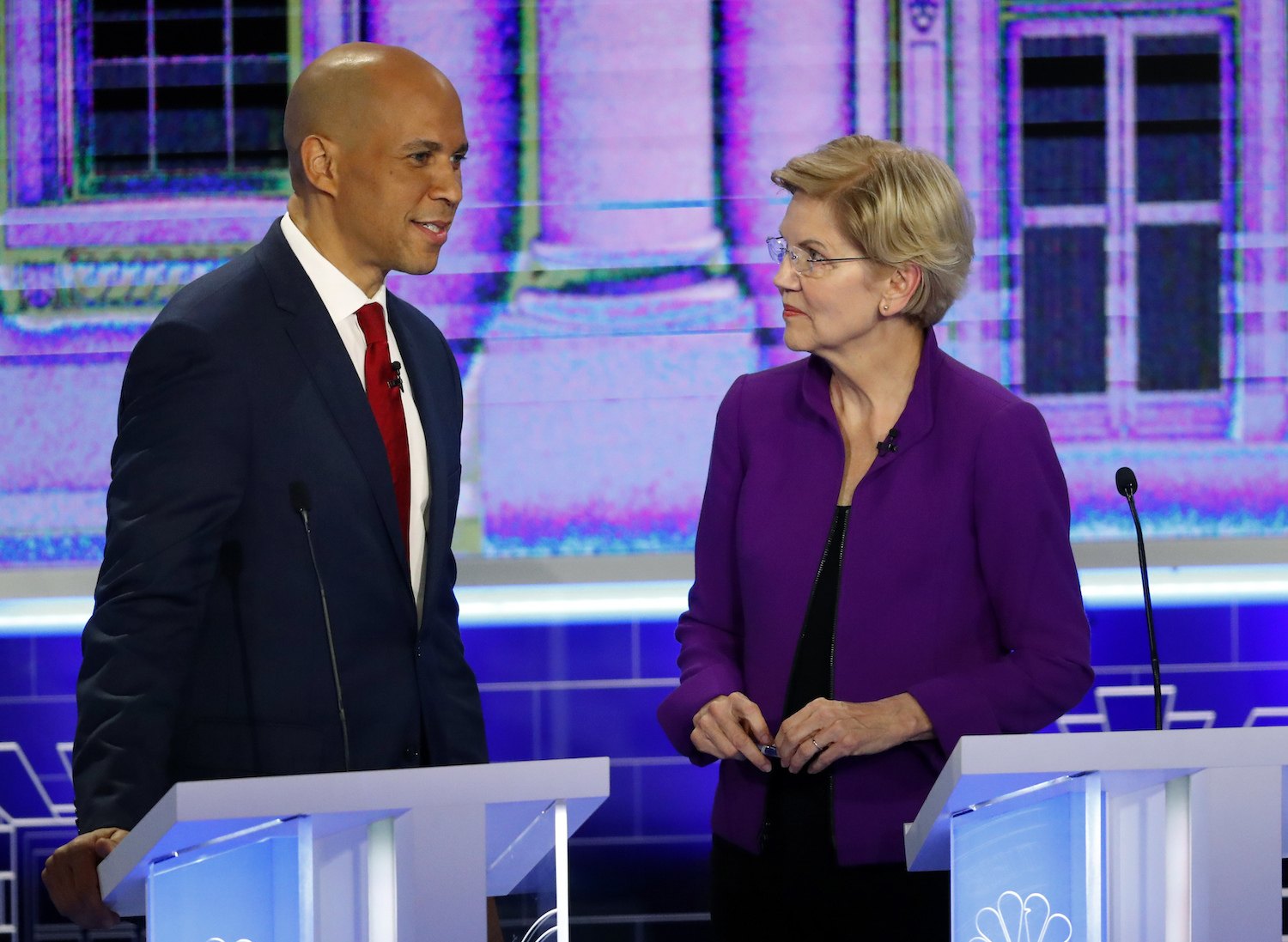After a 92-7 vote, the former governor of Iowa will reprise his role heading up USDA.
Three weeks after a cakewalk of a confirmation hearing, Tom Vilsack was confirmed as President Biden’s Agriculture Secretary on Tuesday in a 92-7 vote, garnering support from both parties. Vermont Independent Bernie Sanders and Republicans Ted Cruz, Marco Rubio, and Rand Paul were among those voting against his confirmation. Senators had scheduled twenty minutes to debate the nomination but no one spoke out against Secretary Vilsack on the floor. Democrats voted unanimously in favor of the former governor of Iowa.
Vilsack’s nomination drew sharp criticism from civil rights advocates and various food safety and progressive farm groups, though he ultimately won support from major players including the Farm Bureau and the National Farmers Union.
As Ag Secretary, Vilsack will have a lot on his plate during his first months in office. First and foremost, he’ll be tasked with rebooting USDA spending on pandemic-related farm aid. Congress made up to $3 billion in farm relief available in December through the Coronavirus Food Assistance Program (CFAP) and other farm relief initiatives, and the Biden administration put a 60-day freeze on direct payments to producers while it reviewed pandemic relief spending. Vilsack will also have to figure out how to handle the Farmers to Families Food Box Program, a Trump administration initiative that got off to a very rocky start, with food boxes arriving damaged and the contractor selection process raising eyebrows. USDA announced this week it would start extending some food box contracts through April.
Beyond pandemic spending, Vilsack’s early actions will provide clues about how he’ll work to repair the agency’s civil rights record and handle issues like climate change. Need to catch up? Here’s some of our recent coverage.
Under Vilsack, USDA distorted data and concealed decades of discrimination against Black farmers.
Back in 2019, we published a two-year investigation exploring how USDA spun a fictional narrative about a renaissance in Black farming during the Obama years. Under Vilsack’s watch, USDA employees foreclosed on Black farmers with outstanding discrimination complaints, sent a lower share of loan dollars to Black farmers than it had under President Bush, and underrepresented the frequency of new discrimination complaints.
[Subscribe to our 2x-weekly newsletter and never miss a story.]
When Vilsack’s nomination was announced in December, Lawrence Lucas, president emeritus of the USDA Coalition of Minority Employees, told us his phone had been ringing off the hook with people telling him they did not support Biden’s nomination. “This brings tears to my eyes,” he said.
During his confirmation hearing, members of the Senate did not ask Vilsack about his record on civil rights, but he did say he anticipated forming an equity commission.
An incentives-based approach to tackling climate change.
At his confirmation hearing, Vilsack repeatedly emphasized that any climate-friendly farm innovations would be voluntary and incentives-based (rather than mandatory, as many environmental advocates have argued is necessary). This was the Obama administration’s approach, too. There are a lot of problems with that plan, and many of the ideas kicking around—like a carbon bank allowing farmers to make money for implementing practices like cover-cropping. Trouble is, we don’t yet know how well soil sequestration actually works.
Pandemic relief.
We haven’t heard much from Vilsack about how his administration will disburse payments to farmers through the Coronavirus Food Assistance Program (CFAP) or whether or not it will continue other Trump era food and farm relief programs like the Farmers to Families Food Box initiative in the long term. Congress gave former Secretary Sonny Perdue wide latitude in determining how to distribute funds; as a result, some farmers got huge payments while others missed out entirely.
In the coming weeks, we expect USDA to release details about how it might rethink spending of pandemic relief money that has already been appropriated. Here’s Martin Lemos of the National Young Farmers Coalition on how CFAP might better serve the public good.
Clearing the (dairy) air.
Vilsack spent the last four years as president and CEO of the U.S. Dairy Export Council, a job where he drew an annual salary close to $1 million and advocated for U.S. dairy products abroad. The job involved promoting large dairy interests at a time when small dairy farms were shuttering at a steady clip, and critics have seen this role as a potential conflict of interest: If supporting small-scale farms means challenging his former employers, which side will Vilsack favor?
Vilsack wasn’t asked directly about the potential conflict of interest during his confirmation hearing, but he did field questions about the dairy industry writ large. His response: More markets will lead to more opportunities for small-scale dairies. No word on supply management, a supply-limiting policy that has gained favor among small producers in recent years.
